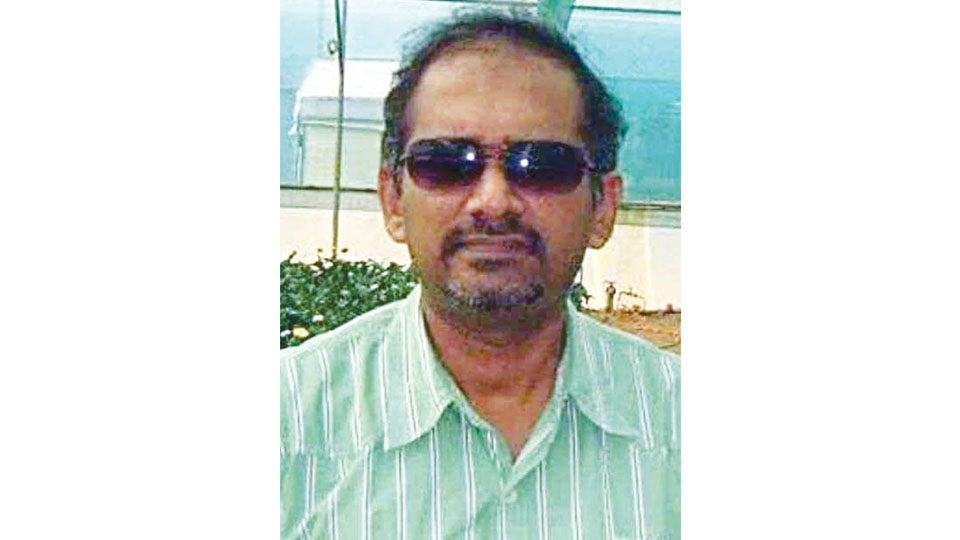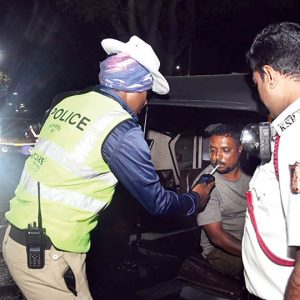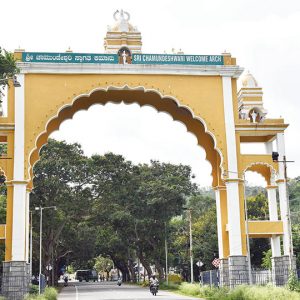Over 50 students at a girls hostel infected
Mysore/Mysuru: Madras Eye disease, also known as Conjunctivitis, is increasing in the State. According to District Health Officer (DHO) Dr. P.C. Kumaraswamy, no cases have been reported in Mysuru district, but still, it is necessary to take steps to prevent contracting the disease and the officials of the Health Department are on high alert to prevent the disease from spreading.
Though the DHO has stated that not a single case has been reported in the district, over 50 girl students at a private hostel in city have the symptoms of Madras Eye disease with their eyes turned red along with itching and burning sensation.
These students have availed treatment and left for their respective places after seeking permission. Other students too urged the hostel warden to send them home and after speaking with the hostel administration, the warden, after taking letters from the students, have sent them home.
Madras Eye is a common eye condition characterised by inflammation of the conjunctiva, the clear membrane covering the white part of the eye and the inner surface of the eyelids, which is a highly contagious that spreads easily from one person to another.
Also called as ‘Pink Eye,’ the disease is spreading in the State. It is learnt that the disease spreads rapidly among students as they stay in groups. As a precautionary step, officials of the Health Department are keeping a tab on the reports of Health Centres.
Awareness is also being created about the disease and steps are being taken to provide treatment if the disease is reported. Reports are being taken from all Government and private hospitals including Primary Health Centres (PHCs). No cases have been reported so far and all Medical Officers have been instructed to keep special focus on the disease, said District Surveillance Officer Dr. Mahadevaprasad to SOM.
Symptoms
Patients with Madras Eye disease typically experience redness and swelling of the affected eye; Itching and burning sensation; Discharge from the affected eye, which may be clear or yellowish; Increased tearing; Light sensitivity; Blurred vision; Swollen eyelids etc. said District Vector Borne Diseases Control Officer Dr. S. Chidambara.
Precautions to be taken
To prevent the spread of Madras Eye disease, it is important to wash hands frequently with soap and water; Avoid touching the eyes and face; Do not share towels, eye drops or makeup; Dispose tissues properly; Avoid close contact with infected individuals; Practice good hygiene by keeping the eye area clean and free of discharge; Wear dark glasses if infected and avail immediate treatment if suffering from cold, cough and fever, Dr. Chidambara advised.
One may also get contracted with Madras Eye while on tour, hence it could be said that there is no report of the disease. But it is not officially reported. There is increase in the disease in a few parts of the State and parents fear sending their children to schools and colleges and hence it is very important to take personal precautions to prevent contracting Madras Eye. Parents should advise their children and teachers should keep a watch on students, a doctor said.
Diagnosis and treatment
Diagnosis of Madras Eye disease is made through a comprehensive eye examination. Treatment depends on the underlying cause, but typically involves cleaning of eyes using cotton dipped in warm water. Taking necessary medicines prescribed by the doctor is very important. If any student has contracted the disease, the student should be isolated and there is no need to panic if the disease is contracted as it can be cured in three to five days by availing treatment.
No cases reported: Claims DHO
Awareness is being created about Madras Eye since many days especially in schools and colleges by holding programmes. If any student is found with symptoms of Madras Eye, teachers have been instructed to contact ASHA workers or a Primary Health Centre (PHC) and get tested. Reports are being obtained from all hospitals including PHCs but no cases have been reported so far. Still, along with creating awareness, necessary steps have been taken for treatment. — Dr. P.C. Kumaraswamy, District Health Officer








Recent Comments